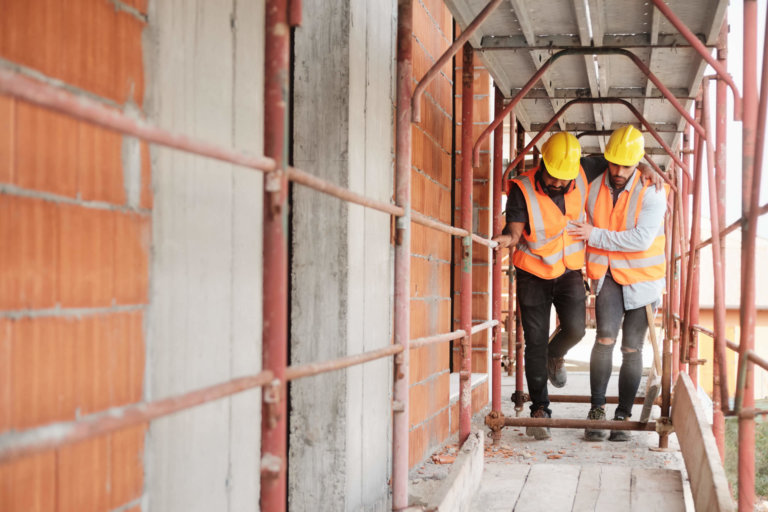More than 100 Americans die on the job in any given week, and more than 20 percent of those fatalities occur in the construction industry. Nearly 60 percent of all construction worker fatalities are the result of the “Fatal Four,” which include:
- Falls
- Struck by Object
- Electrocutions
- Caught-in or between (compressed by equipment or crushed in a collapse)
If you or a close loved one got injured in a construction accident, a New Jersey construction accident attorney can help you go after compensation for your losses. The Occupational Safety and Health Administration (OSHA) says that many of these incidents are preventable. When employers fail to follow safety regulations, workers can get hurt or killed.
Falls
One out of three construction site deaths come from falls. Job sites often involved differing elevations, with workers at great heights. OSHA laws order employers to assess whether the surfaces on which the employees work and walk have the strength and structural integrity to hold up under the circumstances.
The employer is supposed to protect workers from falls by using safety systems like:
- guardrails
- personal fall arrest systems
- safety net systems
- covers on holes (including skylights)
- positioning devices
- fences
- barricades
- controlled access zones
The OSHA regulations specify the type of safety system the employer must use for different situations. An employer who does not safeguard the workers can be liable when injuries happen on the job.
Struck by Object
About ten percent of construction worker deaths happen because the employee got struck by an object. The employer should use positioning devices, barricades, fences, and controlled access zones to avoid putting workers in harm’s way. Diligent use of the OSHA safety guidelines could prevent many injuries and deaths from workers who get struck by objects.
Electrocutions
OSHA laws require employers to maintain and service equipment and machines that use electricity in a safe condition. These items have a risk of releasing energy or starting up unexpectedly and injuring workers in the process. The rules cover many situations, including the use of lockout devices and the issue of who should control the plugging and unplugging of the equipment. Employers should follow a regular schedule of inspections of equipment and training of employees.
Caught-in or Between
Construction workers experience gruesome injuries, like amputations, blindness, burns, and mangled hands because of moving machine parts on the job. OSHA declares that these injuries are preventable, and mandates safeguard to protect from injury because of these hazards.
Operators of machinery and other workers in the vicinity are at risk of injury when the equipment is in use. OSHA provides general information and specific techniques for eliminating or controlling the hazards.
A construction accident can change your life in a matter of seconds. The fact that most of these injuries are preventable compounds the tragedy. Contractors and construction companies carry high-dollar liability insurance. The insurers defend against claims aggressively. You should not have to battle the billion-dollar insurance company while you are trying to get well. Contact us today for a free consultation. Our New Jersey construction accident attorneys can help you pursue the compensation you deserve for your losses.

